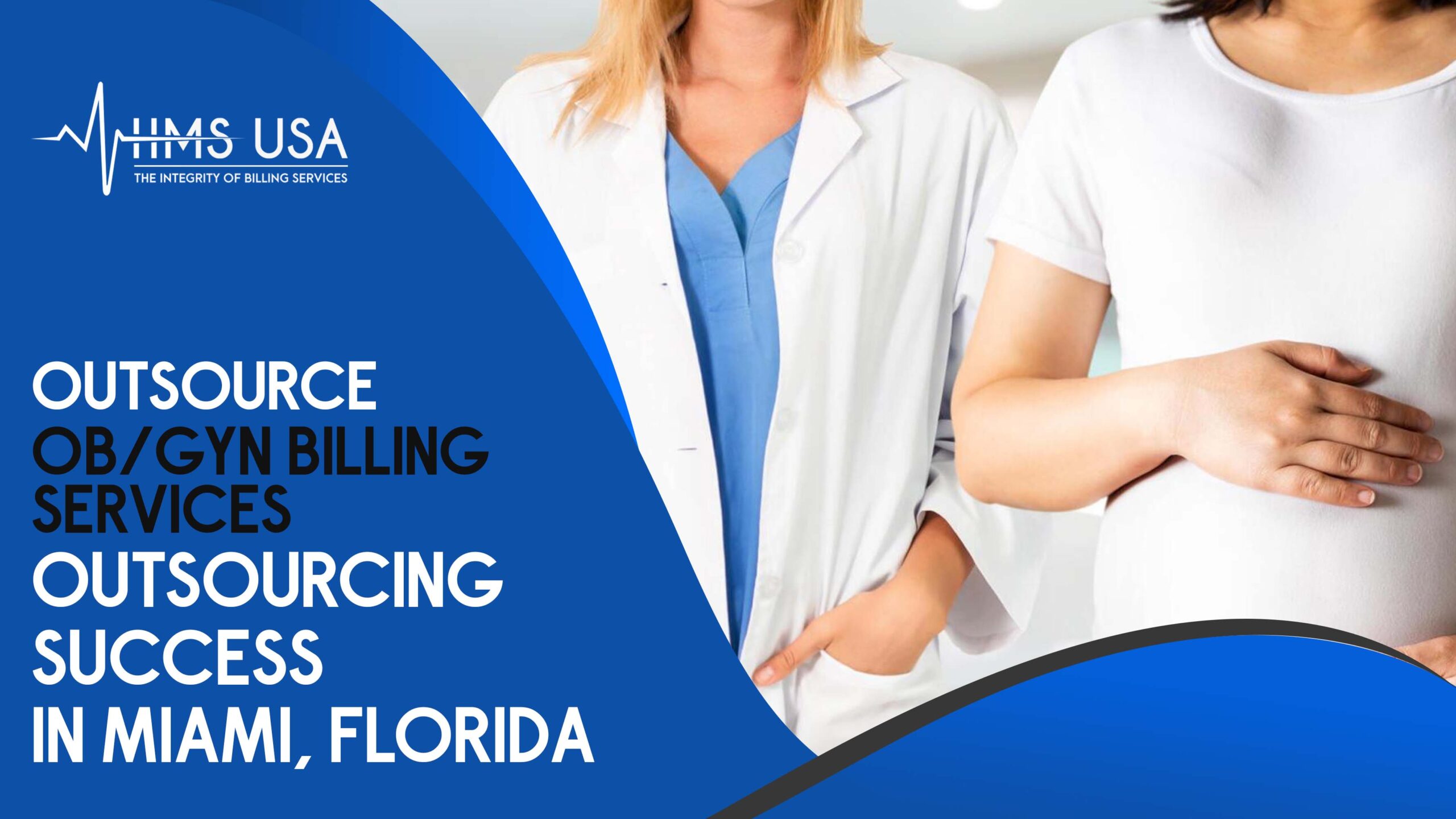
Understanding CPT Code For Pain Management in Virginia
Physicians gently relieve pain and improve quality of life to battle suffering. Imagine every injection and comfort procedure being coded for invoicing and documentation accuracy. The healthcare story’s unsung hero is the CPT code for pain management billing. Healthcare practitioners use these standardized codes to communicate and manage billing and paperwork, ensuring that each intervention is appropriately acknowledged and rewarded.
Pain management extends beyond medicine in this dynamic healthcare environment, where clinical competence meets administrative refinement. Join us as we explore CPT codes’ role in pain management. These codes, like secret keys to a well-orchestrated symphony, help healthcare practitioners and patients understand invoicing and documentation.
So prepare for a tour through the coded corridors of healthcare, where therapeutic competence meets administrative acumen to achieve painlessness. This is more than a discussion—it examines how CPT codes silently ease pain management.
Understanding CPT Codes
Developed and maintained by the American Medical Association, CPT codes are standardized. These codes let healthcare practitioners describe their processes and services in a common language. CPT codes help insurance companies, healthcare payers, and other billing and reimbursement entities understand medical actions in pain treatment.
Accurate coding is essential for several reasons. First, it ensures healthcare practitioners are paid fairly. Second, it promotes open communication among healthcare providers, decreasing patient record inaccuracies. Thirdly, precise coding ensures regulatory compliance and healthcare operations’ integrity.
CPT coding is particularly important in pain treatment since many procedures and interventions are used. It streamlines invoicing and improves healthcare quality by encouraging clear communication and documentation. Healthcare practitioners must know CPT codes to provide practical, well-documented, and reimbursable services as we learn more about pain management coding.
CPT Code for Pain Management in Virginia
Virginia pain management practitioners use CPT codes to accurately document and charge for various procedures to relieve pain and improve patient health. While the CPT coding system is identical nationwide, geographical differences may exist. Therefore, Virginia healthcare professionals must be aware of pain management billing codes.
Pain management providers use different CPT codes based on the intervention. Epidural, trigger point, and facet joint injections have CPT codes for accurate billing. Practitioners must stay abreast of code developments to comply with state laws.
Common Pain Management Procedures and Their CPT Codes
Pain management includes many techniques for different types and intensities of pain. Understanding joint pain management CPT codes is essential for effective billing and reporting. Here are some standard pain treatment procedures and their CPT codes:
- Epidural injections (CPT codes: 62310-62319): These injections provide medication directly to nerves in the epidural region, relieving spinal discomfort.
- Trigger Point Injections (CPT code: 20552): This code injects medication into tight muscle bands that create localized pain.
- Facet Joint Injections (CPT 64470-64476): These injections relieve facet joint discomfort by targeting spinal joints.
- Radiofrequency Ablation (CPT codes: 64622-64627): Radiofrequency waves heat nerve conduction to relieve pain longer.
- Nerve Blocks (CPT codes: 64400-64530): These injections suppress pain impulses by targeting specific nerves.
Virginia pain management practitioners must understand these procedures and CPT codes. It assures correct invoicing, improves healthcare system communication, and improves pain patient care.
The Role of CPT Codes in Billing and Reimbursement
In the complex healthcare system, CPT codes help bill pain management services accurately. These codes standardize medical treatment and intervention details for insurance providers, healthcare payers, and other reimbursement bodies.
Healthcare providers apply CPT codes to pain management services. These classifications, which cover injections to ablative operations, are a universal key to comprehending the services provided. Transparent communication between healthcare providers and payers requires this thorough classification.
Proper CPT coding affects reimbursement as well as communication. Accurate coding ensures healthcare professionals are paid properly. It reduces claim denials, payment delays, and financial anomalies. It also helps create a complete and accurate medical record, essential for patient care continuity and healthcare operations.
Virginia pain management practitioners must understand CPT codes in invoicing and reimbursement. It streamlines financial processes and emphasizes documentation clarity, resulting in high-quality patient care.
Challenges and Pitfalls in Pain Management Coding
Effective pain management billing requires CPT coding, but practitioners typically struggle with this complex process. Common issues are:
- Pain treatment methods can be complicated, making it difficult to code an intervention.
- Healthcare codes change regularly. Keeping up with these changes is difficult for practitioners.
- Incomplete or erroneous paperwork can cause coding problems, compromising billing accuracy and compliance.
Practitioners can use these techniques and best practices to solve these challenges:
- Learn about coding updates and attend training to improve your skills.
- Document pain management treatments thoroughly, including intervention details, needs, and patient response.
- Audit coding methods to find and fix problems and ensure compliance.
- Encourage coding, clinician and billing personnel to work together to solve problems.
Resources for CPT Code for Pain Management
Virginia pain management practitioners must stay current on CPT codes. This list of resources helps healthcare practitioners navigate pain management coding:
American Medical Association
CMS: Medicare and Medicaid Services
CMS provides useful information like the Medicare physician fee schedule, which lists CPT code reimbursement rates. CMS-Medicare physician fee Schedule.
The American Academy of Pain Medicine
Educational materials, seminars, and coding updates are available from AAPM for pain management. Coding and billing resources from AAPM.
American Association of Professional Coders (AAPC)
AAPC offers training, certifications, and a knowledge center to help coders learn and stay current. AAPC Knowledge Center.
Virginia Local Healthcare Associations
Virginia healthcare associations and chapters offer coding insights, seminars, and networking opportunities. Health Department of Virginia.
To keep current on pain management coding, check these resources, attend relevant courses or webinars, and participate with the coding community.
Read More: 9 Best Practice Revenue Cycle Management Services
Conclusion
Virginia healthcare providers need accurate pain management coding. Healthcare practitioners can streamline billing processes and meet industry standards by understanding CPT code for pain management and state requirements. CPT codes help with accurate reimbursement, transparent communication, and high-quality patient care.
As we finish, we encourage Virginia healthcare providers, coders, and administrators to participate in pain management coding discussions. Share your pain management coding experiences, insights, and challenges. Your contribution enhances healthcare knowledge, whether you have success stories to inspire or queries to clarify.
FAQs
Pain management billing and documentation depend on CPT codes, or Current Procedural Terminology codes. They ensure straightforward healthcare provider-payer communication as a universal language.
Healthcare providers must use accurate CPT coding to get paid for pain management treatments. These codes reduce claim denials and ensure timely payment by facilitating transparent communication with insurance companies and other reimbursement bodies.
Medical professionals in Virginia use CPT codes for pain management. Billing accurately and meeting regional standards requires staying current on these rules and state-specific regulations.
Complex procedures, frequent coding updates, and documentation difficulties are common issues. Continuous training, good documentation, and coding audits can help practitioners overcome these issues.
The American Medical Association (AMA), CMS, AAPM, AAPC, and Virginia healthcare groups are reliable resources. Checking these sources regularly keeps practitioners up to date on coding and industry changes.











